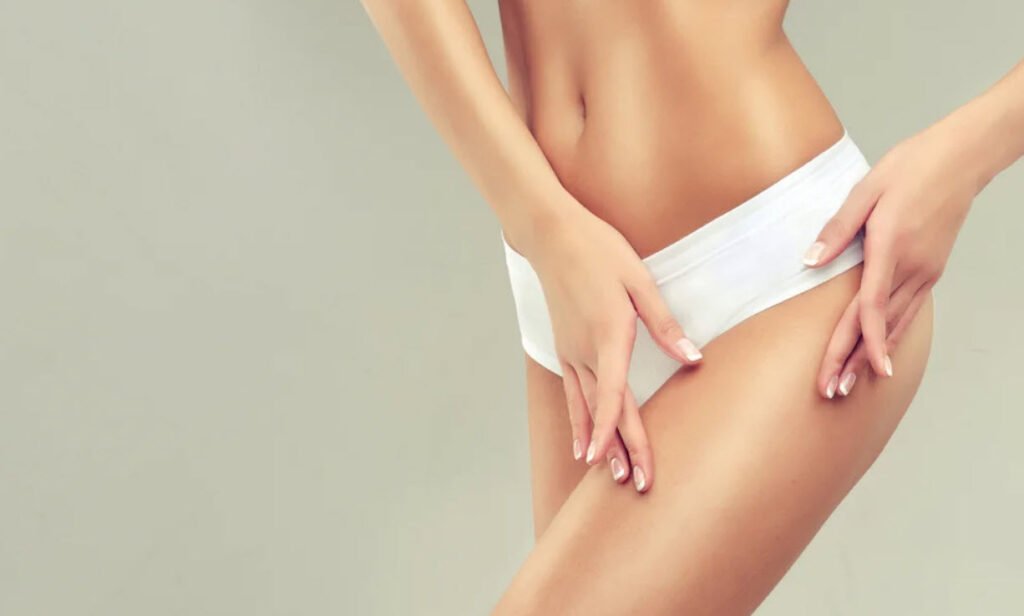There’s nothing more flattering than a bikini that accentuates a woman’s body. But nothing can ruin that moment faster than stray bikini hair. Whether you’re planning a beach vacation or simply want to feel more comfortable, getting rid of unwanted hair in the bikini area can be a challenge. However, with the right approach and tools, you can achieve smooth, hair-free skin.
Here’s a comprehensive guide to help you navigate the world of bikini hair removal.
Understanding Bikini Hair Removal
Bikini hair removal is about more than just aesthetics; it’s about feeling confident and comfortable in your skin. While it may seem straightforward, the process can be painful and require regular maintenance. Hair removal methods vary in effectiveness, pain level, and longevity, so it’s essential to choose the one that best suits your needs and preferences.
1. Shaving: The Quick Fix
Shaving is one of the most common and accessible methods of bikini hair removal. It’s quick, easy, and doesn’t require a trip to the salon. With a good razor, some shaving cream, and a steady hand, you can achieve smooth skin in minutes.
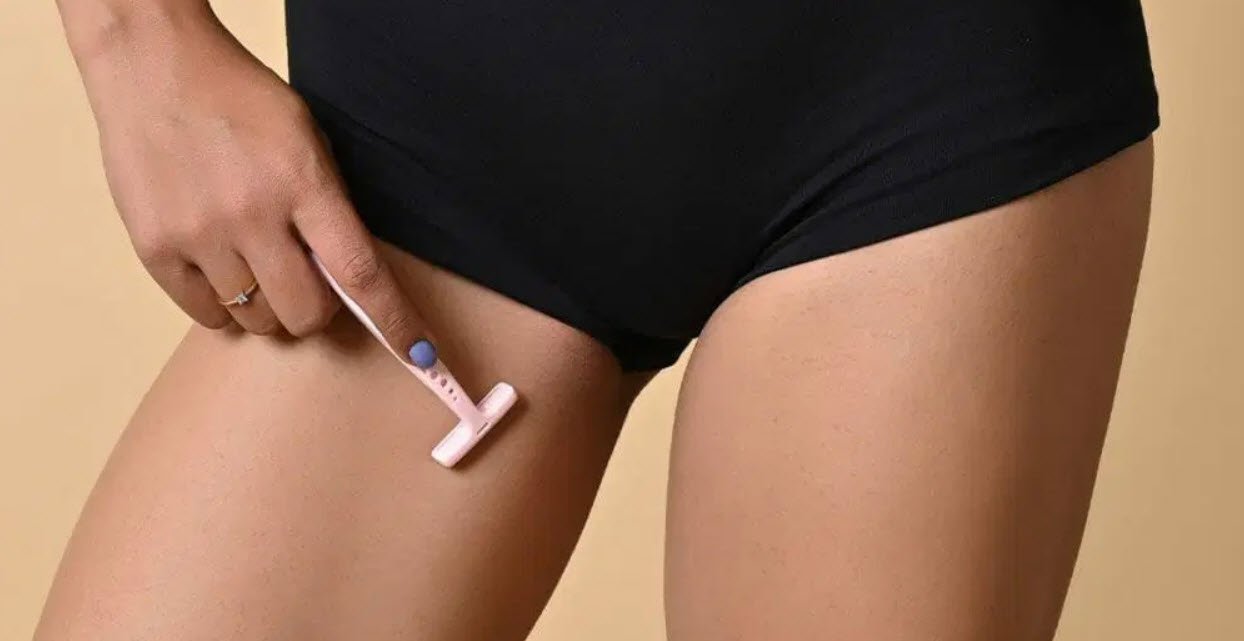
However, shaving has its downsides. The hair is cut at the surface level, which means it grows back quickly, often within a few days. This can lead to the appearance of stubble, which might not be the smooth look you’re aiming for. Moreover, shaving can cause skin irritations, such as razor burn, nicks, and cuts.
There’s also the risk of ingrown hairs, where the hair grows back into the skin, causing bumps and discomfort.
Tips:
- Always use a clean, sharp razor to minimize irritation.
- Shave in the direction of hair growth to reduce the risk of ingrown hairs.
- Apply a soothing lotion or aloe vera gel after shaving to calm the skin.
2. Bikini Waxing: Long-Lasting Results
Waxing is a popular method for those seeking longer-lasting results. It involves applying hot or cold wax to the skin, which adheres to the hair. When the wax is pulled off, it removes the hair from the root. This means that you can enjoy smooth skin for up to four weeks.
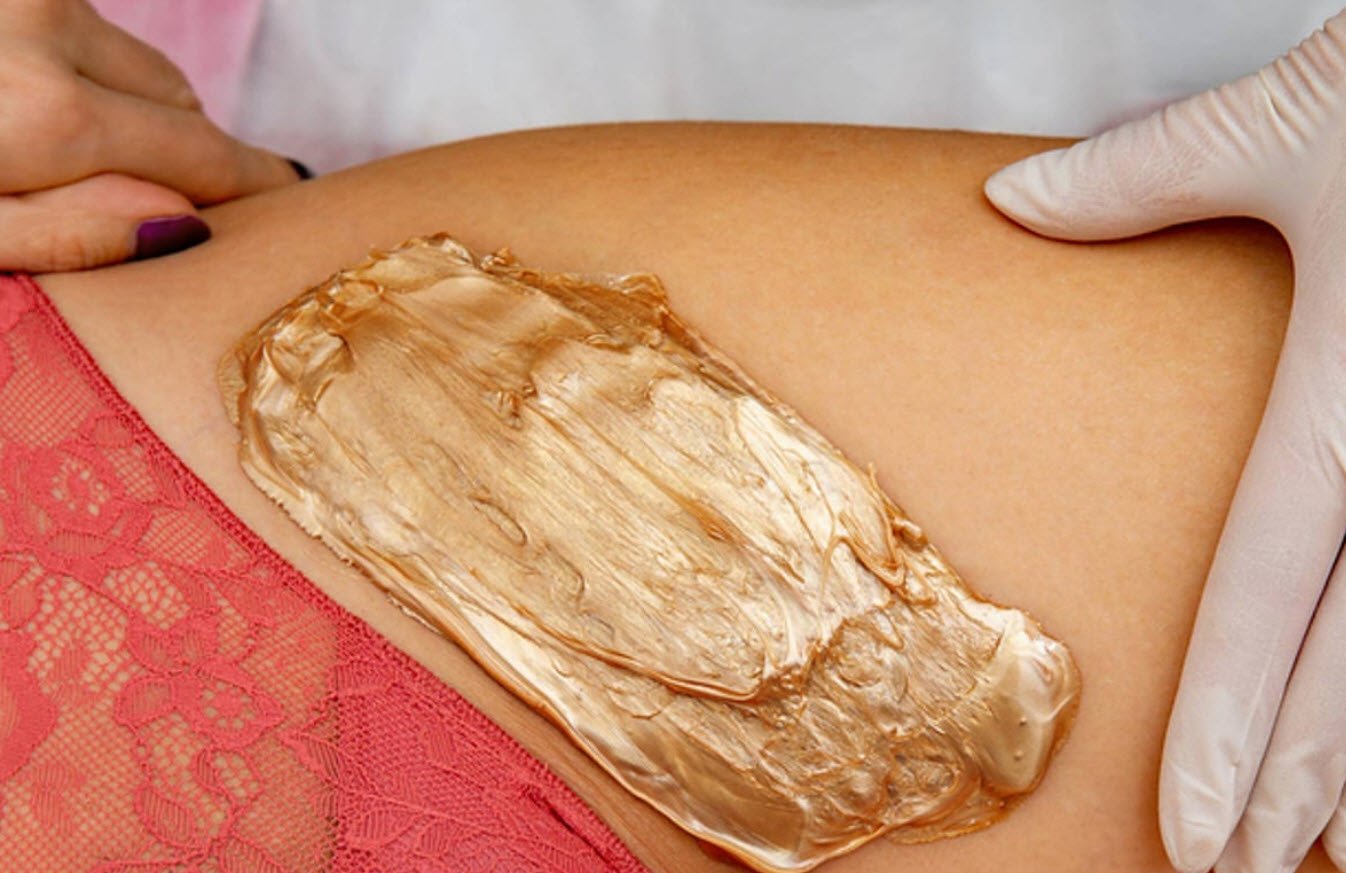
The downside of waxing is that it can be quite painful, especially for first-timers. The sensation of having hair pulled out from the root is intense, but many find the results worth the discomfort. Furthermore, waxing requires the hair to be a certain length (about a quarter-inch) for the wax to grip effectively, so you’ll need to let the hair grow out between sessions.
Tips:
- Consider taking a pain reliever about 30 minutes before your waxing appointment.
- Exfoliate the skin gently a day before waxing to remove dead skin cells and reduce the risk of ingrown hairs.
- Avoid sun exposure and hot baths for 24 hours after waxing to prevent irritation.
3. Hair Removal Creams and Lotions: Painless and Convenient
Hair removal creams and lotions, also known as depilatories, offer a painless and easy way to remove bikini hair. These products contain chemicals that break down the protein structure of the hair, allowing it to be wiped away with a cloth or sponge. They are quick, effective, and ideal for those who prefer a DIY approach.
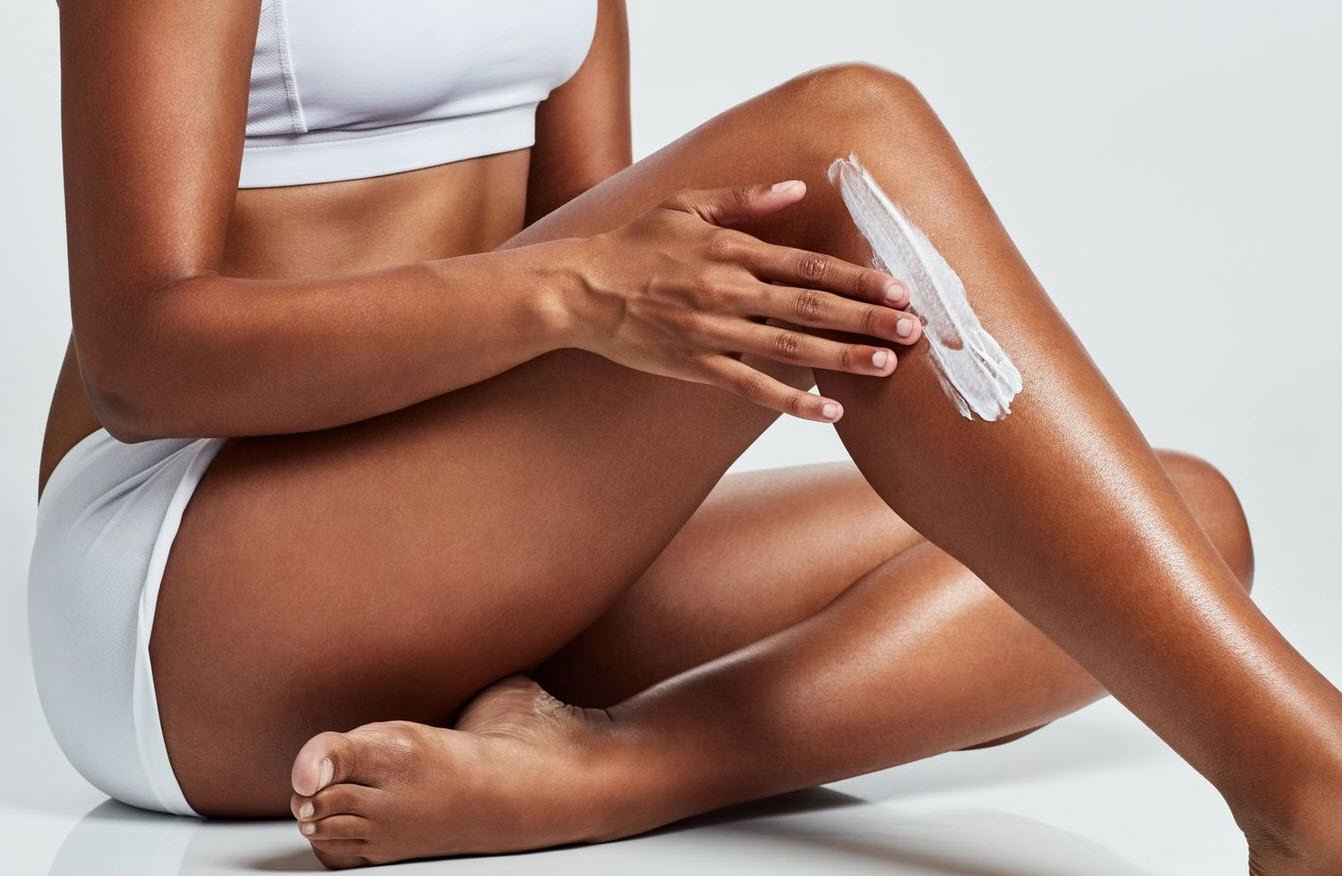
However, some people may experience allergic reactions or skin irritation from the chemicals in these products. It’s crucial to perform a patch test on a small area of skin before applying the cream to your bikini area. Also, the results are not as long-lasting as waxing, with hair regrowth typically occurring within a week.
Tips:
- Always follow the instructions on the product packaging carefully.
- Avoid leaving the cream on for longer than recommended to prevent burns or irritation.
- Rinse the area thoroughly after use and apply a moisturizer to soothe the skin.
4. Epilators: A Mechanical Solution
Epilators are handheld devices that remove hair by the root, similar to waxing. They work by using tiny tweezers that rotate rapidly, pulling out multiple hairs at once. The results can last for up to four weeks, making it a good option for those seeking a longer-term solution.
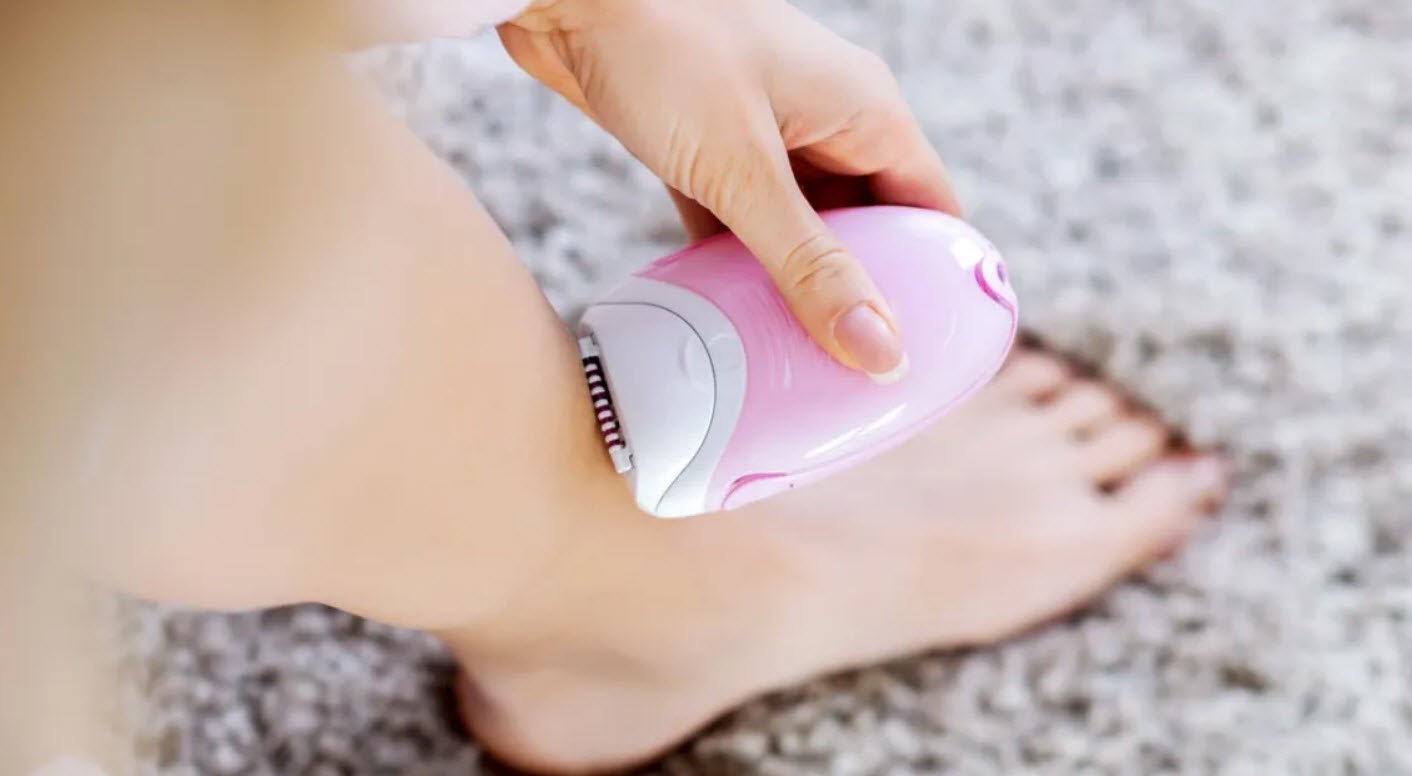
The process of using an epilator can be painful, especially in sensitive areas like the bikini line. However, many devices now come with features like built-in massagers or cooling gloves to help reduce discomfort. It’s also essential to keep the skin taut while using the epilator to avoid pinching.
Tips:
- Use the epilator on clean, dry skin for the best results.
- Start with a lower speed setting if you’re new to epilation to get used to the sensation.
- Apply a soothing lotion after epilating to calm the skin.
5. Laser Hair Removal: The Long-Term Solution
For those looking for a more permanent solution, laser hair removal is an excellent option. This method uses concentrated light to target and destroy hair follicles, leading to a significant reduction in hair growth over time. It’s ideal for those who are tired of the regular upkeep required by other methods.

Laser hair removal requires multiple sessions to achieve the desired results and can be quite expensive. Moreover, it’s not entirely pain-free, with many describing the sensation as similar to a rubber band snapping against the skin. The treatment is also less effective on lighter hair colors and darker skin tones.
Tips:
- Consult with a licensed professional to determine if laser hair removal is right for you.
- Avoid sun exposure before and after treatments to reduce the risk of pigmentation changes.
- Follow all aftercare instructions provided by your technician to ensure the best results.
Conclusion
Achieving a smooth, hair-free bikini line doesn’t have to be a daunting task. Whether you prefer the quick fix of shaving, the long-lasting results of waxing, or the convenience of hair removal creams, there’s a method to suit every need. For those looking for a more permanent solution, laser hair removal offers a promising option.
Remember, the key to a successful bikini hair removal experience is to choose the method that best fits your lifestyle, pain tolerance, and budget. With the right approach, you can confidently flaunt your bikini without a stray hair in sight.

